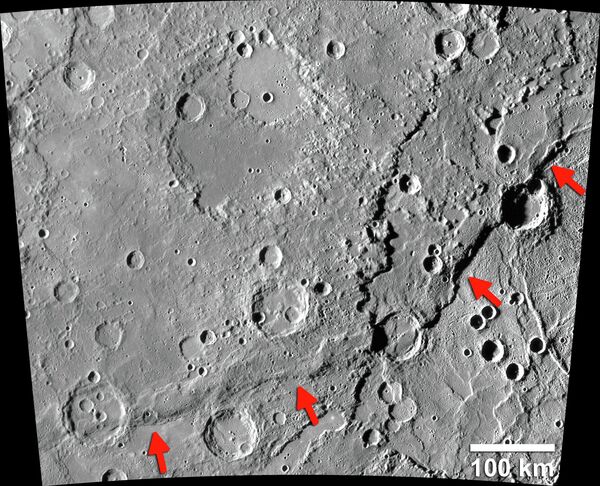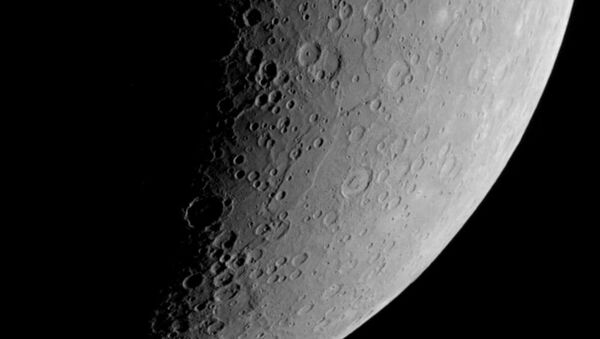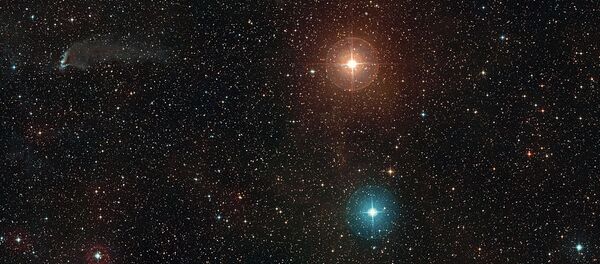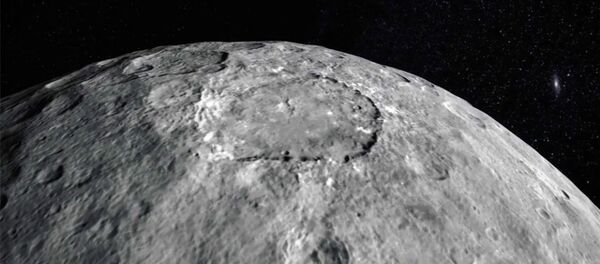Mercury, the smallest planet and the one closest to the sun (35.9 million miles), was a mystery to researchers for years. Until NASA's Messenger spacecraft became the first probe to orbit Mercury, the only other visits it received were the flybys made by NASA's Mariner 10 probe 40 years ago, space.com reported.
After more than four years in space, Messenger's mission ended in April when it crashed into Mercury's surface. But before it crashed, the spacecraft collected images showing a vast array of large cliffs on Mercury.

Space.com described these cliffs as resembling giant stair steps in the landscape – the largest of which are more than 600 miles long and more than 1.8 miles high. Such cliffs form when pressure builds between tectonic plates that are being pushed together, eventually causing them to break and thrust upward along fault lines in the planet's crust.
Most scientists agree that these faults and cliffs most likely formed by the gradual cooling of Mercury's core, which caused the planet to shrink – by about 2.5 to 8.7 miles in diameter, according to prior research.
If that hypothesis was correct, the scarps would be uniformly scattered across the planet's surface, which they are not – a fact that has left researchers without an explanation.
"It is a real mystery," Thomas Watters, a planetary scientist at the Smithsonian Institution's National Air and Space Museum, told space.com.
Watters led a study in which scientists analyzed the largest scarps (about 30 miles long) on Mercury's surface. They discovered many faults are concentrated in two wide bands that run north to south and are located on almost opposite sides of the planet from each other, space.com reported.
Researchers thought the direction of the bands may reflect the flow of hot rock in Mercury's mantle.
"However, the scale of flow in Mercury's mantle is too small to explain these bands, because Mercury's mantle is not very thick — only 400 kilometers (250 miles) or so, we think," Watters said. "There must be other factors at play here we don't really have a grasp on yet."
Furthermore, there are about twice as many large fault scarps in Mercury's southern hemisphere than in its northern hemisphere.
"None of the models we have at present can account for the lopsided number of scarps between the hemispheres," Watters told space.com. "We still have a lot to learn about Mercury."
For now, researchers will continue to analyze images and data from Messenger. They are hopeful that they will gain more insight from the BepiColombo spacecraft – a joint mission of the European Space Agency and the Japan Aerospace Exploration Agency set to launch in 2017.




